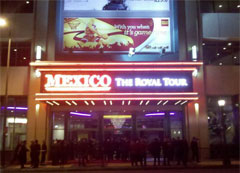
Last night we attended a VIP Reception and Premiere showing of Mexico: A Royal Tour, a film by Peter Greenberg for PBS.
In the film, President Calderón takes Greenberg on a tour of Mexico—but not your average tour. It’s a spectacular visit to many beautiful and unusual places with lots of adventure, including zip-lining, scuba and more. The President and his family clearly enjoy being the tour guides, and showing off these fabulous and interesting places, well-known and not so well-known. There is also discussion of the current security misconceptions. In the end, you will want to get on the next flight south.
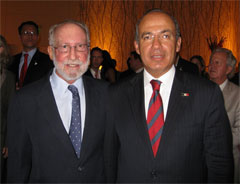
We arrived at the JW Marriott at LA Live in downtown LA, were given wrist bands, checked off several security lists, then passed through a metal detector and into a small ballroom. We enjoyed drinks and conversation with other celebrities such as Los Angeles Mayor Antonio Villaraigosa, Mexico’s Secretary of Tourism, Gloria Guevara, other dignitaries associated with both Mexico and the film, and entertainment icons including George Lopez, Russell Brand, Lionel Richie, James Caan, and Cindy Crawford. Then there was a buzz, lots more security, and the arrival of President Felipe Calderón and his wife, Margarita Zavala. After the camera flashes subsided, we were able chat with the President for a few minutes—our second meeting.
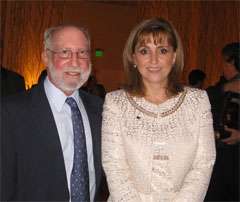
We moved on to the movie theater, and found seats with our names on them directly behind the President, the Mexican dignitaries and Greenberg, and next to the film’s director. After some speeches, the film began and we were entranced.
Afterward, talking to the Director, we learned that Mexico’s Copper Canyon was to have been part of the tour, but there were some weather issues on the days slated for filming so they did not film there. From previous conversations with President Calderón, we know that Copper Canyon is one of his favorite places in Mexico.
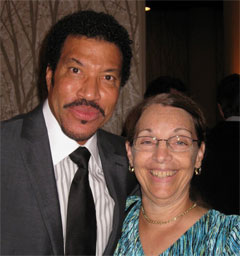
The movie premieres on Thursday, September 22, 2011 on many local PBS station (check listings for time) and will air several times in the next couple of weeks.
After the movie, check out our website and join us for a wonderful adventure in Mexico.

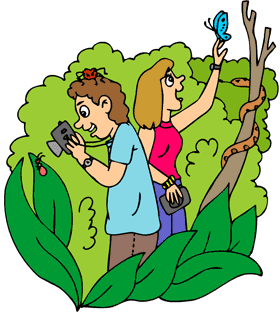
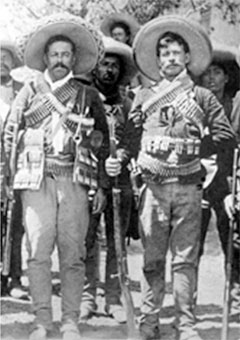
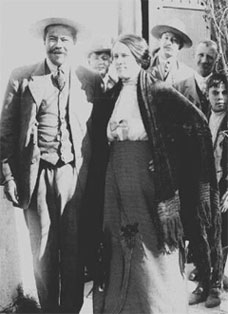
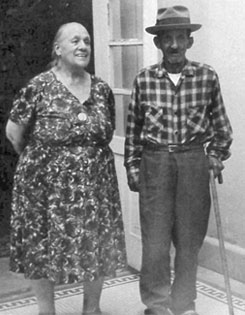
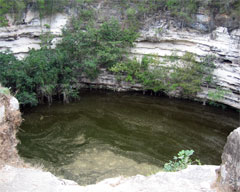
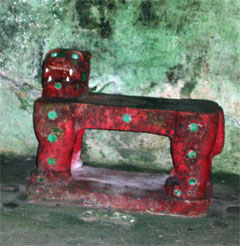
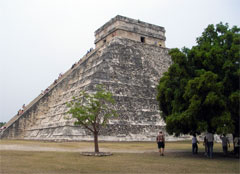
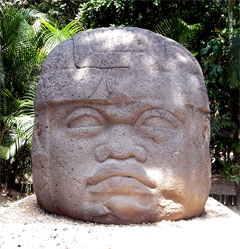
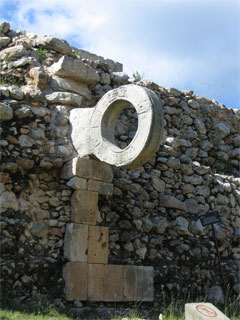
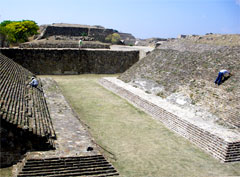

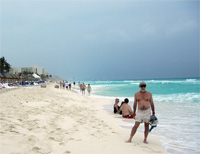

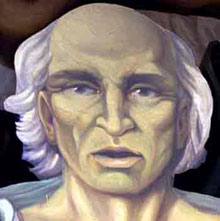
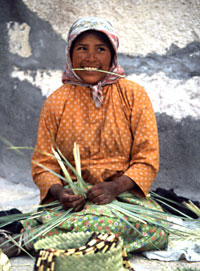
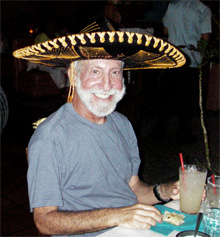 Most Americans think that Cinco de Mayo (the 5th of May) celebrates Mexican Independence Day. Not so. Mexican Independence Day is September 16. Then what is Cinco de Mayo?
Most Americans think that Cinco de Mayo (the 5th of May) celebrates Mexican Independence Day. Not so. Mexican Independence Day is September 16. Then what is Cinco de Mayo?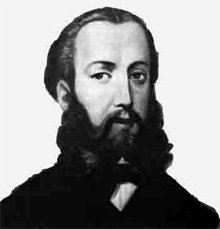 Napoleon enlisted England and Spain to join him in a mission to encourage Mexico to pay off its foreign debts. The mission began with the landing of French, English and Spanish troops at Vera Cruz. The French minister then demanded that Mexico pay 12 million pesos to France, an impossible amount, given the state of the Mexican treasury.
Napoleon enlisted England and Spain to join him in a mission to encourage Mexico to pay off its foreign debts. The mission began with the landing of French, English and Spanish troops at Vera Cruz. The French minister then demanded that Mexico pay 12 million pesos to France, an impossible amount, given the state of the Mexican treasury.